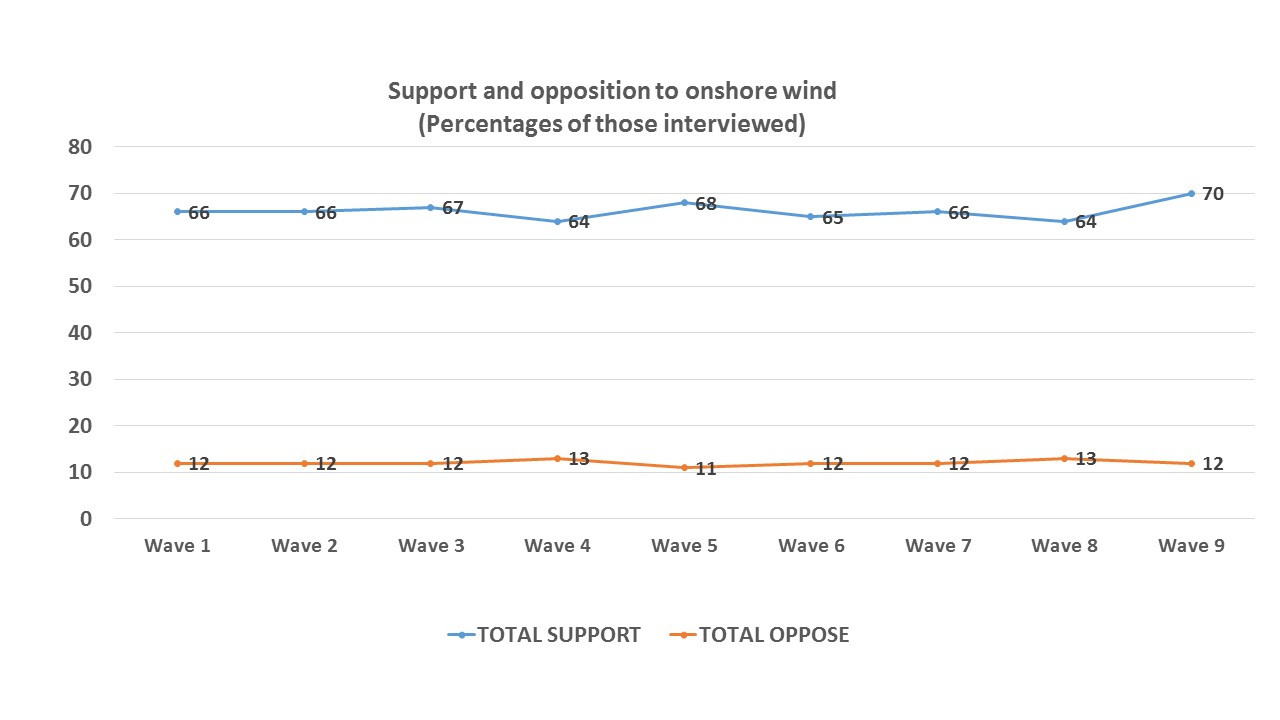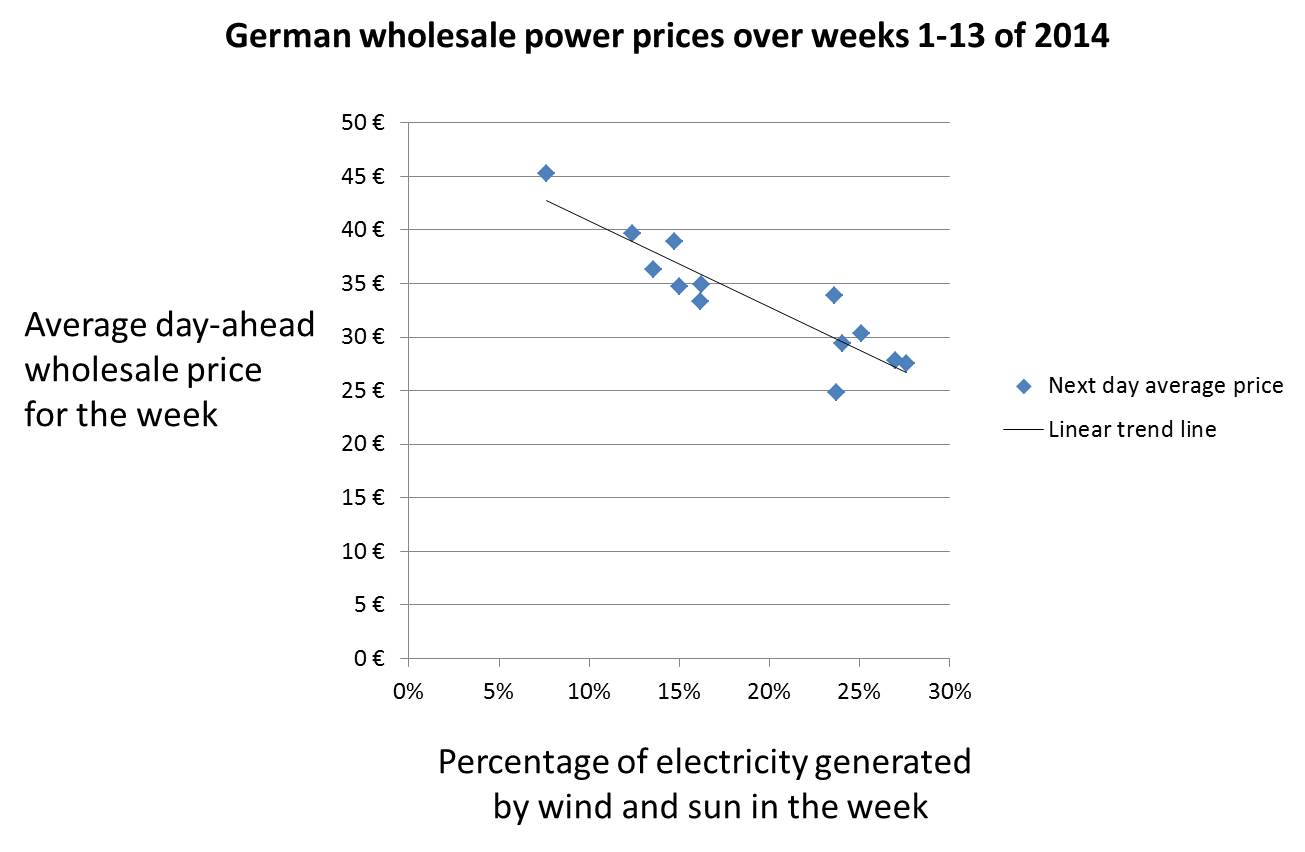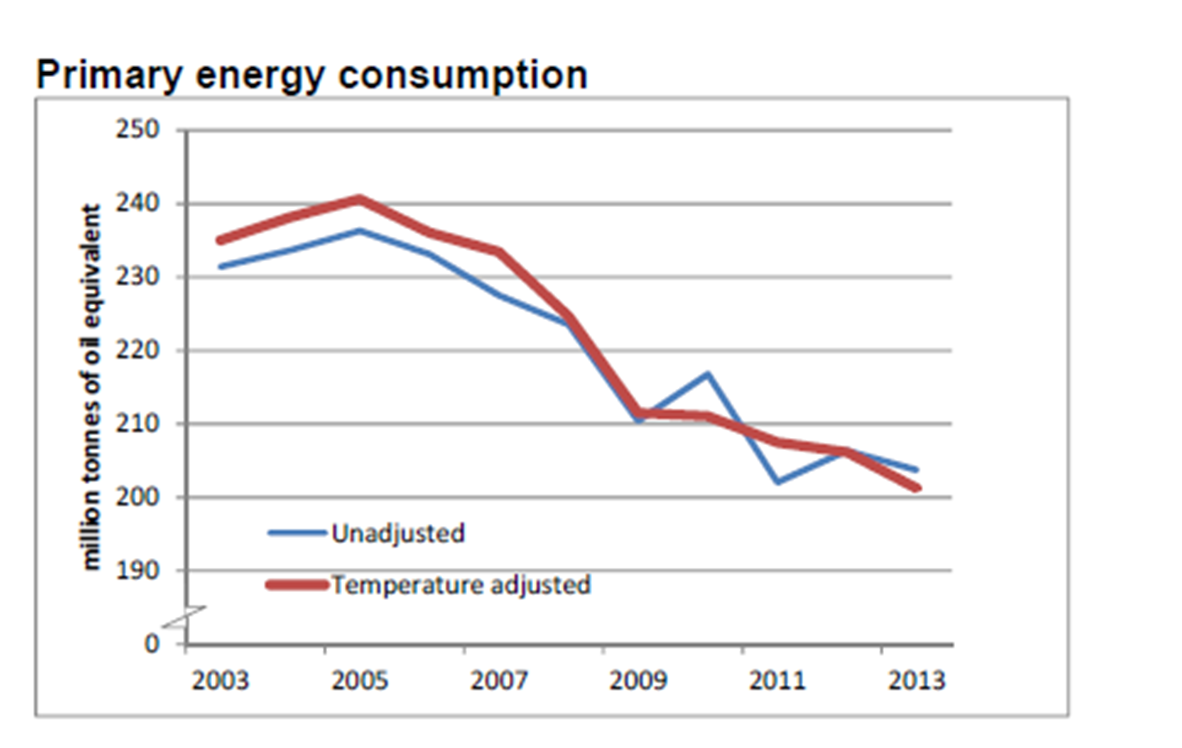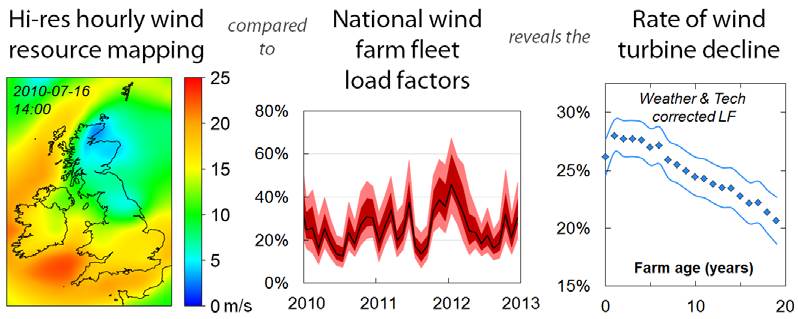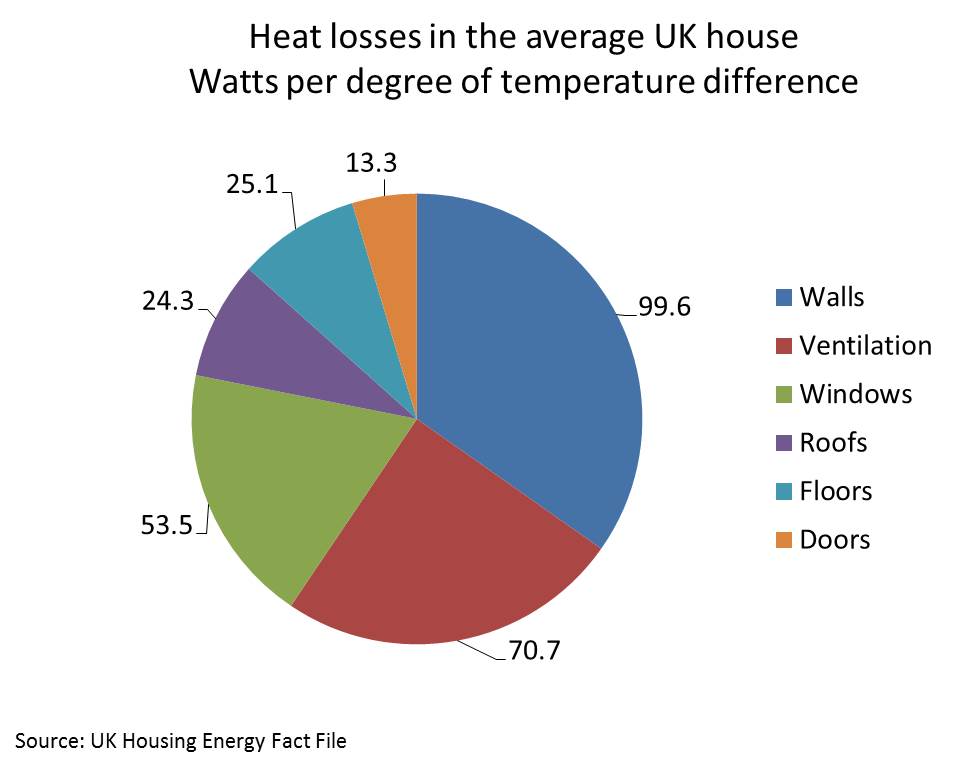(This post is by Gage Williams, a regular commenter on this site and a very active entrepreneur in smaller scale green energy)
I have to confess to being a Green Geek. It all started 15 years ago when taking Cornwall, as the first ‘County of the Year’, to the Royal Agricultural Show at Stoneleigh. One of our four pavilions was dedicated to showing off some of our excellent small renewable energy companies. Besides getting a great introduction to renewable energy from them, it struck me as strange that none had met each other before and each seemed to know little about the other technologies being exhibited.
After the Show, we decided to set up the Renewable Energy Office for Cornwall (REOC) and for 18 months this was funded with European funds sufficient to employ a chief executive. When the funds ran out, REOC continued as an informal forum for Cornish renewable energy companies and I remained an unpaid director.
It has been an interesting 15 years and no one could have predicted just how quickly various renewable energy technologies would come down in price and be deployed. Cornwall, with arguably the best mix of wind, solar, wave, tidal, biomass, hydro and geothermal in the world, has been at the forefront of this energy revolution. Indeed, in 2013, 25% of all our electricity was generated from renewables within the county.
The generous subsidies introduced for renewable electricity in late 2010 and for renewable heat in 2012 (for non-domestic) and announced on 4 April 2014 for households are a boon especially for those living in rural areas where fuel costs for households are the highest. They are the highest as much of rural Cornwall is without public transport making car ownership essential and nearly 60% of us are not on mains gas.
My wife and I live in an isolated Grade 2 farmhouse built in 1730. Not surprisingly, it is poorly insulated and difficult to heat. We are both self-employed and need to run two medium sized cars – our nearest town is a ten mile round trip. Our annual energy costs have been horrendous comprising: the two cars do 24,000 miles per year which, according to the AA, costs us £9,600; our electricity £1,400; and our heating £3,200 (oil-fired, 4,000 litres plus servicing) and hot water £600 (electric immersion). The total annual cost was £14,800.
We took the following action:
1. Solar PV. In March 2012, we installed 3.8kWp of ground-mounted solar PV (20 panels which can now be used as a wood store) in the garden. They could otherwise have made a superb chicken house.
2. This cost £6,000 and generates 3,200 kWh per year all of which we use (today, this might cost £4,000). We got the first Feed-in-Tariff of just over 40p/kWh and Ofgem assumes that we export 50% of the output to the grid at about 5p/kWh. In the last 12 months, the FIT and export has paid us £1,500 and the used electricity that would have cost 18p/kWh has saved us £580 for a total benefit of £2,080. This is income tax free (had I paid for the electricity, it would have been from taxed income). As a basic rate taxpayer (20%), when grossed up this was worth £2,600 over the past 12 months. Further, this annual income is RPI linked and guaranteed for 25 years.
3. Oil-Fired Aga. We exchanged our 1963 oil-fired Aga for an electric Aga that uses Economy 7 cheap electricity (7p/kWh) at night. We run the Aga for 30 weeks a year. The old Aga used 1,500 litres of oil and needed two services a year costing £1,200 a year. The new Aga uses £2 worth of electricity per night for £400 and does not need a service – a saving from what would have been taxed income of £800 which is worth £1,000 per year when grossed up. The Aga swap cost £9,000.
4. Wood-Pellet Biomass Boiler. Our 20 year old oil-fired boiler badly needed to be replaced. A replacement with an upgrade of our ineffective radiators would have cost £6,000. In April 2013, we replaced the boiler with a 35kW Austrian SolarFocus wood-pellet boiler costing £23,000. We received a Renewable Heat Home Incentive (RHHI) grant of £3,700 (repayable over 7 years) and avoided the £6,000 cost of replacing the oil-fired boiler. The net cost was £13,300. Because the house is Grade 2 Listed, we cannot install double glazing or outside wall lagging and hence the Green Deal Assessor gave us an EPC rating that estimated a heating requirement of 40,000 kWh per year. The RHI Feed-in-Tariff for a wood pellet boiler is 12.2p/kWh RPI linked for seven years. In Year 1, starting on 1 April 2014, we will receive an RHI payment of 40,000 x £0.122 or £4,880 less one seventh of the £3,700 grant leaving £4,350. The wood-pellet costs £260 per tonne and we have needed 8 tonnes in the first year for £2,080. The 4,000 litres of oil used to cost £3,200, so there is a net saving of £1,120. The total benefit is £5,470 which, when grossed up, is worth £6,840 RPI linked for seven years. The boiler should pay for itself in two years.
5. All Electric iOn Peugeot Car. We have just exchanged my wife’s car for a £13,500 Peugeot iOn car which has a range of 82 miles. We worked out that as a two car family, most of our journeys were well within this 82 mile range and we expect to use the car for about 15,000 of the 24,000 miles per year that between us we drive. We recharge the car at night-time using our Economy 7. A full charge is 16kWh costing at 7p/kWh just £1.12 for 82 miles which works out at 1.36p/mile. Remarkably, the car does five miles to the kWh demonstrating the inefficiency of the combustion engine. Over 15,000 miles, we will use just £205. My wife’s old car used to do 40 miles to the gallon and a gallon now costs £6.00. Over 15,000 miles, she would have used 375 gallons costing £2,250. We will therefore save £2,045 in the first year that would have been paid from taxed income. In addition, there is no road tax (£150) and the insurance is £100 less than for her old car. When grossed up, this saving is worth £2,870. The Government is installing recharging points for free and there will soon be a good network. The fastest recharging points can give us 65 miles range in just 20 minutes.
Adding the above measures together comes to a grossed up benefit of £13,310 in the first year most of which is RPI linked either for 25 years or for seven years. The cost of doing all of the above, without including the cost of the car which was swapped for my wife’s old car, is £28,300.
You could argue that the capital cost is also taken from taxed income, in which case the £13,310 when ‘grossed down’ is worth just £10,648 which still gives a Year 1 Return on Investment of 38%. Currently, my bank is offering loans at 4.7% interest over five years that would cost £5,800 per year if the £28,300 had been borrowed leaving £4,848 in profit over the first of five years repayments – well within the Green Deal’s ‘Golden Rule’ whereby any energy efficiency measures must at least pay the interest on the loan required to install them.
At the end of the day, we at last have a warm dry house and a cheap means of getting about the county for the 90% or so of journeys that are within the range of a nippy electric car that is ideally suited for Cornish lanes..
